Cats, the furballs that bring enjoyment to the lives of nearly 100 million pet owners around the United States—and countless more through their meticulously curated internet shenanigans—also happen to be public enemy No. 1 to bird enthusiasts and fans of other small, native wildlife (and that small, native wildlife itself).
What happens when your mild-mannered house cat gets bored with the food you put in its dish every day? What happens when batting a toy mouse around just doesn’t fulfill that animal instinct of the hunt?
The Problem
Then the cat goes outside and takes it out on any bird (or vole…or rabbit…or skink…) that it may come across.
A 2013 study estimated that cats are responsible for taking out up to four billion birds and 22.3 billion mammals annually in the continental U.S. The BBC reported that domestic cats have had a large hand in the global extinction of 33 species.
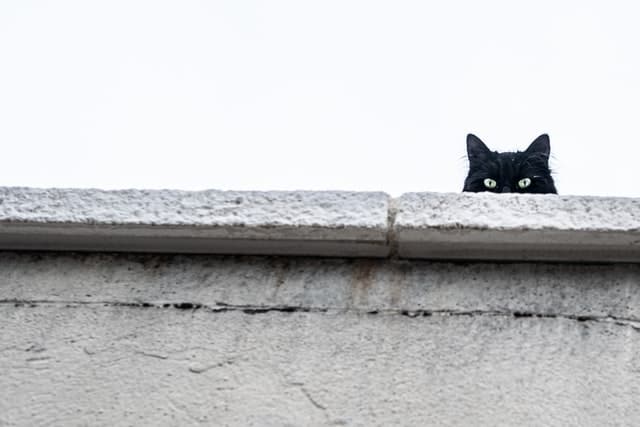
“It’s not that any one cat is out there going on a rampage [against] wildlife,” says Grant Sizemore, director of invasive species programs at the American Bird Conservancy (ABC). “It’s that there are so many cats out there, and each individual predation event adds up.”
While the study found that unowned feral cats did most of the damage, pet cats are also part of the problem. And in other parts of the world, free-ranging domestic dogs are having a similar effect.
Surely we can have the best of both worlds. What can we do to keep providing loving homes to our furry friends while also making more concerted efforts to protect the native species that neighbor our pockets of civilization?
The Cold, Hard Facts
Estimates vary as to the total number of pet cats in the United States. The latest figure from the American Pet Products Association (APPA) from its 2017–18 survey estimated 94.2 million. The 2012 count from the American Veterinary Medical Association (AVMA) was 74.1 million. According to the AVMA numbers, after a dramatic spike in pet ownership in the late 1990s and early 2000s, the numbers have plateaued—and even decreased—in recent years.
Very excited to be a cat lady 🐱🐯 pic.twitter.com/buF4cvDyRv
— Shelly Gaynor (@ShellyGaynor) June 9, 2018
Pet dogs are just about as numerous in the country as cats, with the latest estimates coming in at 89.7 million from the APPA and 69.9 million from the AVMA. So why are cats being singled out as this existential threat to native wildlife?
“Because cats are left alone,” says Andrew Rowan, chief scientific officer of the Humane Society of the United States. “There’s been a steady increase in the control of dogs over the past 25, 30 years, maybe a bit longer. Now, it’s very rare to see a dog without a leash or controlled by a person walking around the neighborhood or behind an invisible fence.”

Free-roaming dogs aren’t a big problem in the United States. They are in other parts of the world. A 2017 study found that predation from packs of dogs threatens more than 25 species in regions such as Central and South America and Southeast Asia.
In the U.S., though, cats are by far the most prolific domesticated predators. Part of it comes from the 30 to 80 million—estimates vary in this arena as well—unowned cats roaming the great outdoors. A smaller part of it also comes from owners of indoor-outdoor cats.
The Culprit
The 2013 cat predation study, a joint venture by the Smithsonian Conservation Biology Institute and the U.S. Fish and Wildlife Service, estimated that about 31 percent of wildlife mortality comes from owned cats.
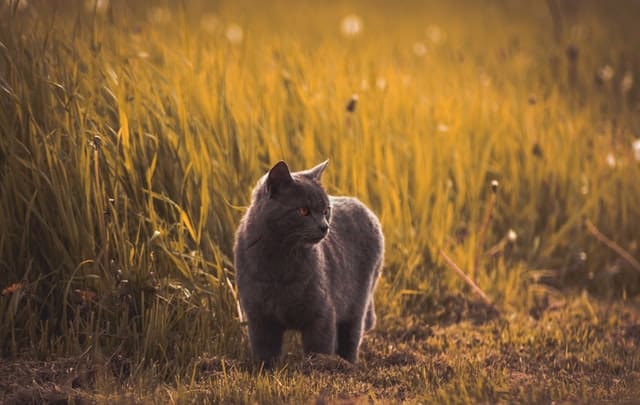
“All of the evidence shows—and this is pretty obvious for a cat owner—that even a well-fed cat will hunt and kill wildlife,” Sizemore says. “The play behavior we have with our cats, chasing the feather toy, laser, ball of string, that’s essentially lethal, predatory behavior when it happens outside. Cats are stimulated by movement and, when they see something like a bird flushing, they go after it, and they may not even try to eat it, but the way they attack it can be lethal for that individual.”
A 2012 study by researchers at the University of Georgia and National Geographic attached cameras to the collars of owned cats to see what they got up to when they left the house. While some of the visuals were admittedly adorable, the results of the study were a little more sobering.
Although less than half of the cats in the study hunted during the week to 10 days in which they were observed, the ones who did averaged catching 2.4 animals per week. Now extrapolate those figures over a population of around 80 million pet cats.
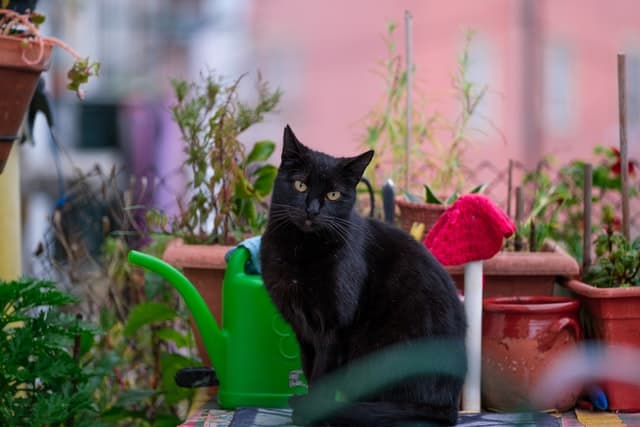
Also, keep in mind that the cats in the study only brought back about 23 percent of what they caught to their owners. So if you think your cat is only leaving you one present of a dead bird per month, you might want to quadruple that to get closer to its actual total.
The stray cat I feed just brought me a gift of a half dead bird and he has no idea what kind of mistake he has just made.
— Chad O'Connell (@ChadOConnellArt) August 3, 2017
“There are a lot of different threats affecting birds and other wildlife populations. Climate change, habitat loss, these are big things, but the largest direct source of human-caused mortality to birds in the United States and Canada is free-roaming cats,” Sizemore says. “From an ecological perspective, the introduction of free-roaming cats into novel environments across the globe is essentially an epidemic.”
The most famous case of the devastation of cat predation came in the form of the Stephens Island wren in the late 1890s. Also called Lyall’s wren, the flightless bird was native to Stephens Island, a largely uninhabited bit of land off the coast of New Zealand. With the construction of a new lighthouse came lighthouse keepers and, with them, cats. Some escaped and procreated—as cats do—and started a large colony of feral predators that hunted the wren to extinction in about a year.
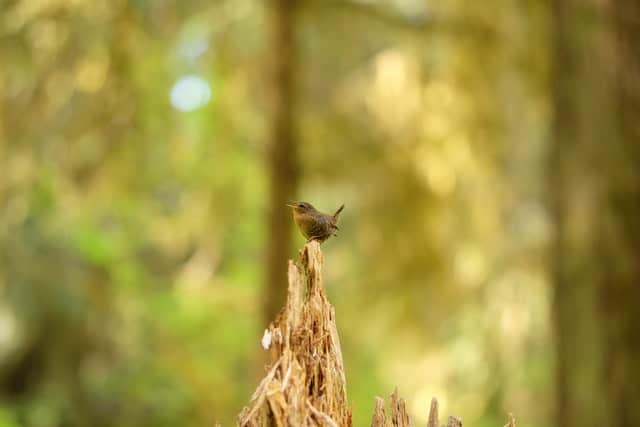
In exceptional circumstances, such as with the Stephens Island wren and with native birds currently on the Hawaiian islands, cat colonies are major extinction threats. In less extreme settings, though, there is some debate as to whether cats are adding to wildlife predation or simply competing with predators already found in the area.
The United Kingdom’s Royal Society for the Protection of Birds, for example, has a stance that there is no clear evidence to tie cat predation to bird population decline in the country.
“If cats are harming creatures in the British countryside, they’re harming weasels, stoats, and the other small predators because they’re competing with them for their own food,” Rowan says. “The real threat to wild mammals and birds is not cats: It’s people. The cats tend to accompany people, so they’re an added component of the human anthropomorphic threat.”
What To Do
Here’s an interesting thing about Sizemore. He is close to the issue on two fronts.
“They say conservationists are cat haters, but that’s not true. I own a cat,” Sizemore says. “I keep my cat indoors. Or, if I take her outside, she’s on a leash or in a tent. She’s not free roaming.”
Among all the different ideas about—and bitter disagreements over—what to do with the cat problem, one solution is most popular: Keep your cats inside.

That way, they won’t have a chance to harm neighboring wildlife, and they won’t go missing and run the chance of becoming feral. Nor will they be candidates to spread diseases such as rabies or toxoplasmosis. Nor will they be exposed to diseases or the other dangers of living outdoors and have a better chance at living longer.
Rowan says the message is catching on with American cat owners: A 2016 study estimated that 71 percent keep their cats indoors, he says, as opposed to 56 percent in 1996.
“Then there’s a percentage of households that aren’t particularly attached to their cats. They’re casual owners in the same way that cats are casual pets, and they go back and forth,” Rowan says. “Those are the houses we need to get to if we want to keep the cats indoors, keep them away from wildlife and so on.”
Human….I know I’m an indoor cat, but please open the window and let me get that bird 😸 (love Willow) #TheRaggyCats #CatsOfTwitter pic.twitter.com/4inGwVrK6o
— 🐾Hugo, Willow & Coco🐾 (@TheRaggyCats) June 10, 2018
If you don’t want to keep your cat cooped up, there are ways to safely transport it outside. Take the catio, which is exactly what you would expect it to be: a patio for cats. Or attach a bell to your cat’s collar so, when it is sneaking up on prey, the ringing alerts the animals to its presence. But remember to change the bell frequently.
None of those solutions really address the feral cat population, though, and that’s where the big disagreements come in.
The Humane Society favors managed and monitored TNR—trap, neuter, return— programs, in which around half of an area’s feral cat population is trapped and moved to shelters while the other half is sterilized and released back into the wild. A 2003 study by Julie Levy, a professor at the University of Florida’s College of Veterinary Medicine, cited the success of a volunteer-led TNR effort at the University of Central Florida that reduced the campus population of feral cats from 68 to 23 over seven years.
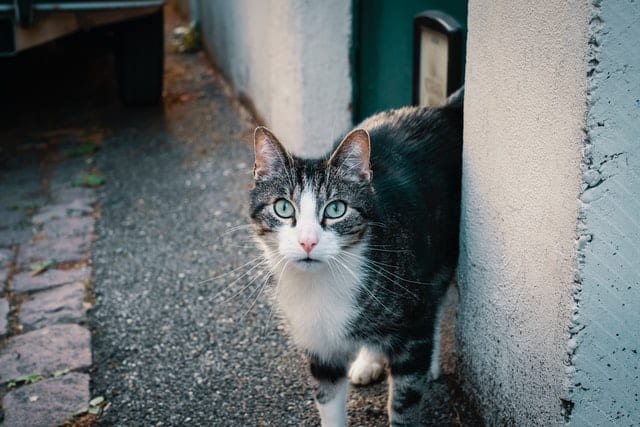
The ABC has a different view on TNR.
“It just doesn’t work. Essentially, you’re bailing water with a thimble,” Sizemore says. “You’re not having any impact on the population, the combined reproductive capacity. In order to keep the population in check, to not allow it to expand anymore, you need somewhere between 70 to 90 percent of the population to be sterilized. That is entirely unachievable.”
Sizemore says the ABC promotes responsible cat ownership to cut down on the number of feral cats, then not feeding cats once they become feral. They call for trapping and removing cats to shelters and sanctuaries to be rehabilitated, but not reintroducing them to the wild. If the cats can’t be socialized, only then does the ABC call for “humane euthanasia.”
Both groups agree that a simple catch-and-kill policy is not the answer.
“It’s going to take the volunteers who would otherwise work with you to help mitigate the cat problem, and they’ll now become your enemies and work actively against you,” Rowan says. “A TNR program, if it’s done correctly and the conservation folk will work with the cat folk, it can produce a decline in the cat numbers.”
The Portland Example
In Portland, Oregon, the cat- and bird-loving communities are working together to find a solution. The Feral Cat Coalition of Oregon and the Audubon Society of Portland have been teaming up for more than a decade to power Cats Safe at Home initiatives aimed at reducing the number of cats that live outdoors, owned and unowned.
Since 2014, they’ve been combining on a TNR experiment on Hayden Island, a sliver of land in the middle of the portion of the Columbia River that runs through Portland and home to about 2,000 people, hundreds of stray cats, and an array of natural wildlife.
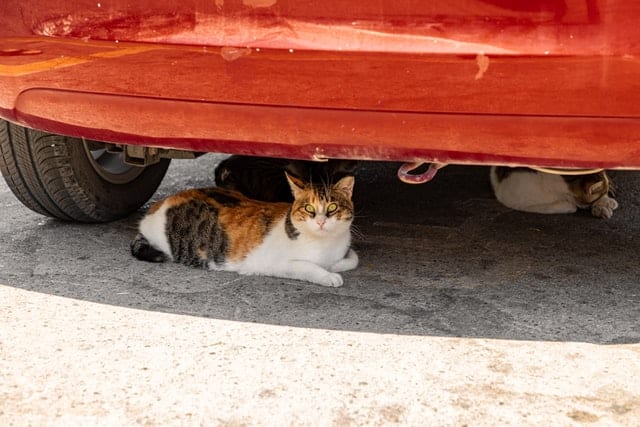
“Cats stay away from areas where there might be predators that would prey on them, and they stay close to housing because that’s where the food is,” Rowan says. “When you start looking at the numbers in that way, it becomes far less of a concern for Audubon because there aren’t that many cats in the wild areas, and the cats that are there can be trapped, neutered, and perhaps placed somewhere else.”
In the end, it comes down to us.
“This is a species that’s domesticated, that we’re responsible for,” Sizemore says. “It’s our responsibility to manage the negative impacts that cats may have on the environment.”


